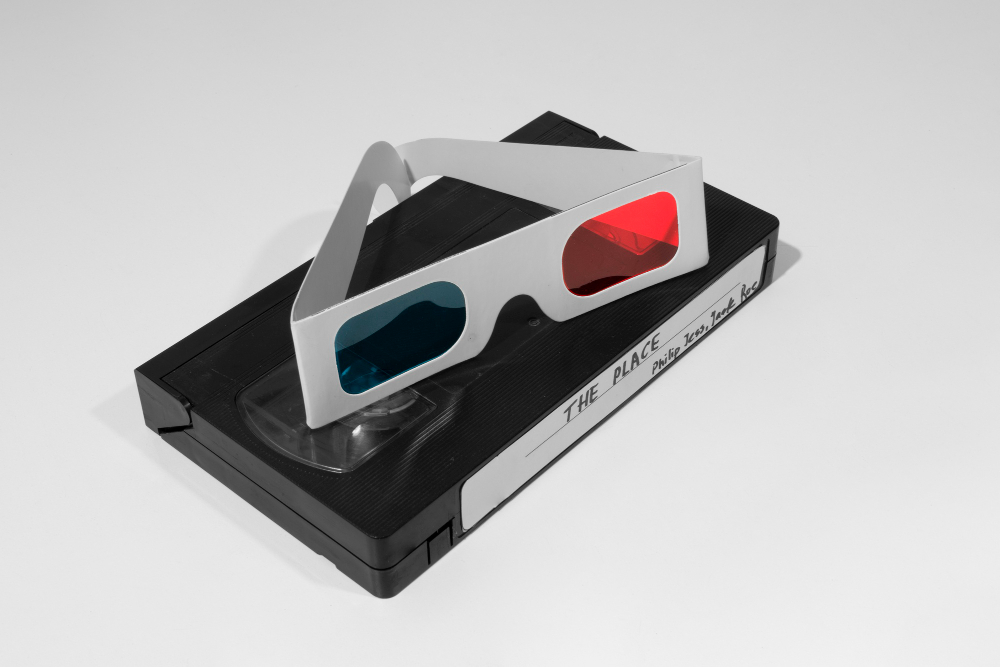The evolution of technology has revolutionized the way we capture and consume visual content, with videotape technology representing a significant advancement over traditional cinematography methods. While cinematography has long been revered for its artistic merits and ability to capture stunning imagery on film, the introduction of videotape technology has brought about numerous improvements in terms of efficiency, flexibility, and accessibility. In this article, we’ll explore how videotape technology has transformed the landscape of visual storytelling and why it’s considered an improvement over traditional cinematography methods.
Convenience and Efficiency
One of the most significant advantages of videotape technology over cinematography is its convenience and efficiency. Unlike traditional film cameras, which require cumbersome reels of film and intricate mechanical systems, videotape cameras are compact, lightweight, and easy to operate. Videotape technology allows filmmakers to capture footage directly onto magnetic tape, eliminating the need for time-consuming film processing and developing. This streamlined workflow enables filmmakers to work more quickly and efficiently, reducing production costs and allowing for greater creative freedom.
Immediate Playback and Review
Another key benefit of videotape technology is its ability to provide immediate playback and review of footage. With traditional cinematography methods, filmmakers had to wait for film reels to be processed and developed before they could view their footage, making it difficult to assess the quality of their shots and make necessary adjustments on set. In contrast, videotape technology allows filmmakers to instantly playback their footage on a monitor or viewfinder, allowing for real-time feedback and troubleshooting. This immediate playback feature enhances the efficiency of the production process and enables filmmakers to capture the perfect shot with greater precision.
Flexibility in Editing and Post-Production
Videotape technology offers greater flexibility in editing and post-production compared to traditional cinematography methods. With videotape, footage can be easily digitized and transferred to computer-based editing software, where it can be manipulated, rearranged, and enhanced with visual effects and sound design. This digital workflow allows filmmakers to experiment with different editing techniques, refine their storytelling, and achieve a polished final product more efficiently than with traditional film editing methods. Additionally, videotape technology enables seamless integration with other digital media formats, such as audio recordings and graphics, further enhancing the creative possibilities of post-production.
Cost-Effectiveness
While traditional cinematography methods often required significant investments in film stock, processing, and equipment, videotape technology offers a more cost-effective alternative for filmmakers. Videotape is reusable, allowing filmmakers to record and rerecord footage without the need for additional consumables. This reduces the overall cost of production and makes filmmaking more accessible to independent filmmakers and small production companies with limited budgets. Additionally, the streamlined workflow of videotape technology helps minimize production expenses by reducing the time and resources required for film processing and editing.
Accessibility and Distribution
The advent of videotape technology has made visual storytelling more accessible and widespread than ever before. Videotapes can be easily duplicated and distributed in various formats, such as VHS, DVD, and digital files, allowing filmmakers to reach larger audiences across different platforms and markets. This accessibility has democratized the filmmaking process, enabling aspiring filmmakers and independent creators to share their stories with the world without the need for extensive resources or industry connections. Furthermore, the widespread availability of videotape technology has facilitated the preservation and archiving of historical footage, ensuring that important cultural and historical moments are documented and accessible for future generations.
Adaptability to Technological Advances
Videotape technology has proven to be highly adaptable to technological advances and innovations in the field of visual media. Over the years, videotape formats have evolved to support higher resolutions, frame rates, and digital compression algorithms, allowing filmmakers to capture and deliver high-quality imagery that meets the demands of modern audiences. Additionally, advancements in digital storage and transmission technologies have made it possible to store and distribute video content in a variety of formats, including streaming media and cloud-based services, further expanding the reach and impact of videotape technology in the digital age.
Embracing the Advantages of Videotape Technology
In conclusion, videotape technology represents a significant improvement over traditional cinematography methods, offering filmmakers greater convenience, efficiency, flexibility, cost-effectiveness, accessibility, and adaptability to technological advances. While traditional cinematography methods continue to hold artistic and historical significance in the world of filmmaking, videotape technology has become the preferred choice for many filmmakers due to its numerous practical benefits and ability to meet the demands of modern production environments. As technology continues to evolve, the legacy of videotape technology will endure as a testament to its transformative impact on the art and industry of visual storytelling.

